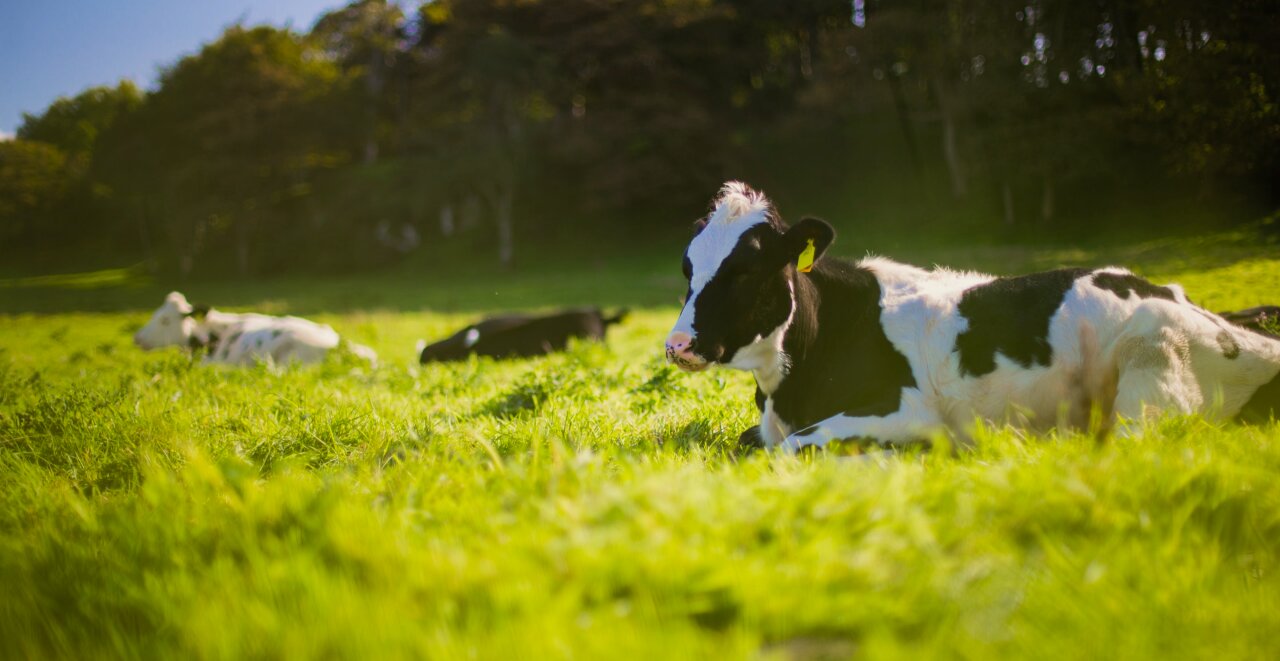Hi-Tech Agriculture
High-tech farming refers to the use of the latest technology in agricultural operations. It is a form of agriculture that requires significant investment in specialized equipment, maintenance, and training of labor, making it capital intensive. Hi-tech agriculture is focused on commercial farming systems that cater to both domestic and international markets. The goal is to increase yields, ensure high quality (often without the use of pesticides), and achieve increased market value. The use of advanced technology in high-tech agriculture has allowed for significant improvements in crop production, making it possible to grow crops in regions that were once considered unsuitable for farming. For example, in tropical climates, temperate vegetables can be grown using high-tech farming techniques, including controlled environment agriculture, vertical farming, and hydroponics.



Benefits of Hi-Tech Agriculture
Increased yields
Hi-tech agriculture uses advanced technology such as precision farming, genetically modified crops, and hydroponics to optimize crop yields. As a result, farmers can produce more food with less land, water, and other resources.Improved quality
Hi-tech agriculture uses advanced technology such as precision farming, genetically modified crops, and hydroponics to optimize crop yields. As a result, farmers can produce more food with less land, water, and other resources.Reduced environmental impact
Hi-tech agriculture uses advanced technology such as precision farming, genetically modified crops, and hydroponics to optimize crop yields. As a result, farmers can produce more food with less land, water, and other resources.Increased profitability
Hi-tech agriculture uses advanced technology such as precision farming, genetically modified crops, and hydroponics to optimize crop yields. As a result, farmers can produce more food with less land, water, and other resources.Examples of Hi-Tech Agriculture:

Precision farming
This involves using technology such as GPS, drones, and sensors to optimize the use of resources such as water, fertilizer, and pesticides. Precision farming can help farmers reduce waste and increase yields, while also minimizing the environmental impact of agriculture.. Precision farming typically involves the use of Global Positioning System (GPS) technology, remote sensing, and other sensors to collect data about the soil, weather, and other factors that affect crop growth.
Hydroponics
-
Hydroponic systems use nutrient-rich water instead of soil to grow plants. This allows farmers to grow crops in areas where soil quality is poor or where arable land is limited. Hydroponic systems can be used in both small-scale and large-scale agriculture, and are particularly useful for growing fresh produce in urban areas. There are several different types of hydroponic systems, including:
- Deep Water Culture (DWC): This involves suspending plants in a nutrient-rich solution that is continuously aerated to provide oxygen to the roots.
- Drip irrigation: In this system, nutrient-rich water is dripped onto the plants from above, either manually or through an automated system.


Vertical farming
Vertical farming is a method of growing crops in vertically stacked layers or structures, using advanced technologies such as hydroponics, aeroponics, and artificial lighting. The crops are grown in a controlled environment, typically indoors, using a soil-free medium, and with precise control over factors such as temperature, humidity, and nutrient levels. However, vertical farming does require a significant upfront investment in equipment and infrastructure, and the high energy costs associated with artificial lighting can be a barrier for some growers.
Automated machinery
Automated machinery is becoming increasingly important in modern agriculture as it enables farmers to perform tasks with greater precision and efficiency. This technology has the potential to revolutionize the way farmers manage their crops, making it possible to achieve higher yields with less labor and fewer resources. One of the main benefits of automated machinery in hi-tech agriculture is increased efficiency. Automated machinery can perform tasks quickly and accurately, reducing the need for human labor and increasing productivity. For example, a self-driving tractor equipped with GPS technology and sensors.

Future of Hi-Tech Agriculture
The future of hi-tech agriculture is promising, with continued advancements in technology and the increasing demand for sustainable and efficient farming practices. Here are some potential developments and trends that could shape the future of hi-tech agriculture
Gene editing
Gene editing technologies such as CRISPR-Cas9 are opening up new possibilities for developing crops that are more resistant to pests, disease, and environmental stressors.
Robotics
Advances in robotics technology are making it possible to automate more farming tasks, reducing the need for human labor and increasing efficiency.
Sustainable practices
Hi-tech agriculture can contribute to sustainable agriculture practices by reducing waste and increasing efficiency, as well as by enabling farmers to use fewer resources such as water and pesticides.
Blockchain technology
Blockchain technology can be used to create more transparency and traceability in the food supply chain, enabling consumers to know more about the origin and quality of the food they purchase.
Summary
In conclusion, hi-tech agriculture is a rapidly growing sector that is transforming the way we produce food. The use of advanced technologies such as precision farming, hydroponics, vertical farming, gene editing, and automated machinery is making it possible to produce more food with fewer resources, while reducing waste and increasing sustainability.The importance of hi-tech agriculture cannot be overstated, as it offers solutions to some of the biggest challenges facing the agriculture industry today, including a growing population, climate change, and environmental degradation. By adopting new technologies and practices, farmers can produce more food while reducing their environmental impact, contributing to a more sustainable future for our planet. As the global demand for food continues to rise, it is clear that hi-tech agriculture will play an increasingly important role in feeding the world. By embracing these new technologies and practices, we can create a more sustainable and efficient food system that benefits farmers, consumers, and the environment alike.


.svg)
